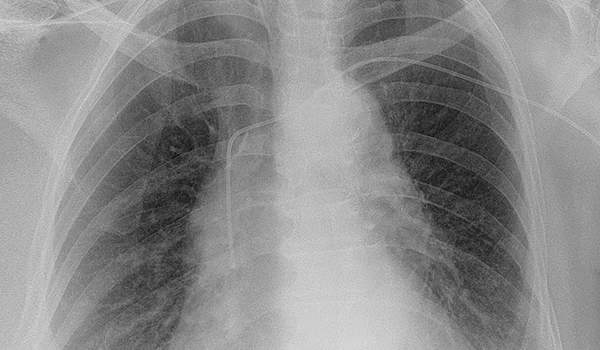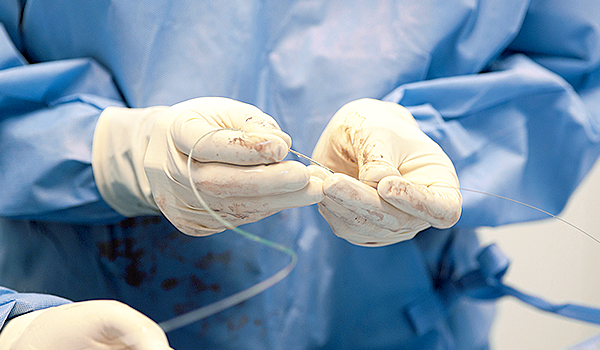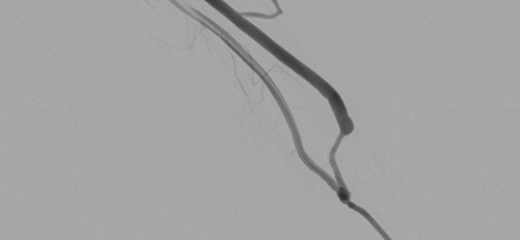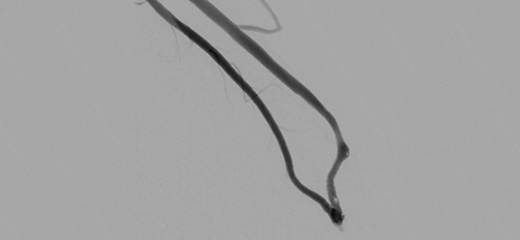- Departments/Doctors
- Medical Services
- Inpatient Services
- Emergency Medical Services
- Issuance Services
-
Cardio·Cerebro·Vascular Intervention Center
- Specialized Centers
- Emergency Medical Center
- Cancer Center
- Cardio·Vascular Center
- Neuro·Vascular Center
- Cardio·Cerebro·Vascular Intervention Center
- Spine Center
- Joint Center
- Rehabilitation Center
- Laparoscopic Surgery Center
- Gastrointestinal Endoscopy Center
- Hemodialysis Center
- Home Nursing Center
- Comprehensive Health Examination Center
- Referral Center
- International Healthcare Center
Peripherally Inserted Central Catheter (PICC)

PICC stands for Peripherally Inserted Central Catheter. Usually, the catheter is inserted into the superior vein through the Basilic or Cephalic vein of the arm. It is relatively easy to insert and remove and can be used for up to 6 months if well maintained.It has been in use a lot lately.
When PICC is necessary
It may be used for long-term fluid therapy.In particular, it can be helpful in the following cases.
- In case chemotherapy drug treatment is needed
- In case blood transfusion or bone marrow transplant is needed
- In case long-term administration of antibiotics, for inflammation for example, is needed
- In case it is necessary to measure central venous pressure due to surgery, etc.
- In case a high concentration of nutrition is required due to long-term nutritional deficiency
PICC advantages
If you need to keep injecting drugs and nutrients, blood collection and drug injection are possible with one insertion without the need for repeatedly stabbing the vein.It is easier to insert the catheter through a peripheral vein, compared to the existing central catheter, and it can be maintained for a long time by reducing the risk of complications or infection.
PICC procedure
After the blood vessel is punctured using ultrasound in the angio room of the cardiocerebrovascular center, PICC is performed while checking the location with X-RAY. Unless the blood vessel is particularly small, the insertion is successful with a success rate of almost 100%.
- Hematomas may occur at the PICC insertion site, but most of these will disappear within a week. Also, immediately after the procedure, there may be a feeling of pain and discomfort at the insertion site.
- As with all venous catheters, infection and thrombosis can occur, in which case the solution is to remove the PICC.
- Shihwa Medical Center lowers the risk of infection using aseptic procedures and disinfection of the insertion site.
How to manage after PICC insertion
- There is no problem with meals and activities before and after PICC insertion.
- It is okay to shower after the PICC insertion site is wrapped.
- Care needs to be taken because sometimes there are PICCs that cannot be CT scanned.
- Care needs be taken because the catheter may come off during disinfection.
- Be careful not to use scissors or sharp objects for disinfection.
- During disinfection, heparin or saline must be injected into the catheter.
- For disinfection, use a mixture of chlorhexidine and alcohol to do Film Dressing once every 5 to 6 days.
- On the day of insertion, observe closely for swelling or bleeding and inform the medical staff.






